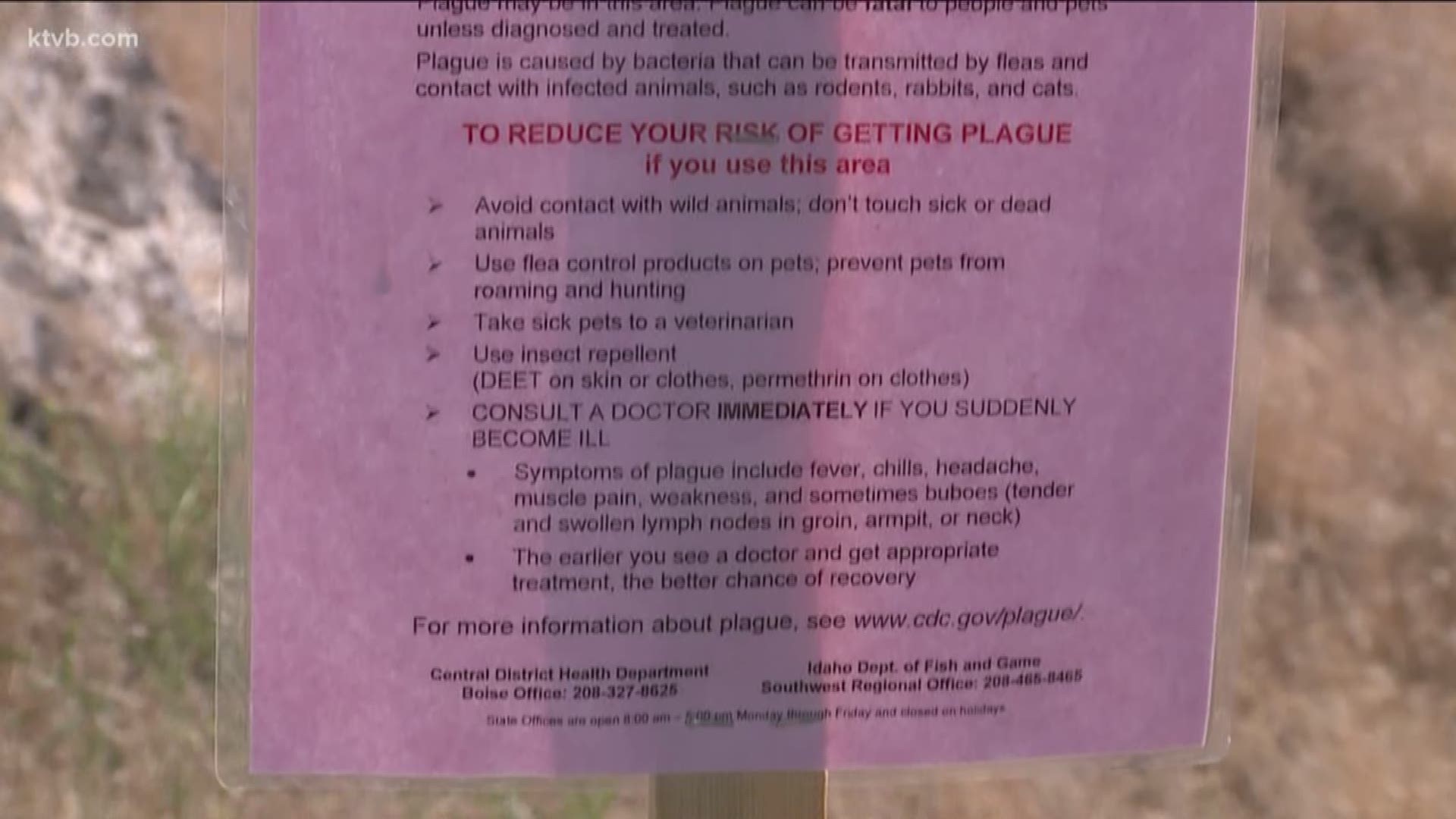BOISE - A child in Elmore County is recovering from a plague infection, state health officials announced on Tuesday.
The Central District Health Department said the diagnosis was confirmed this week. The child, whose age and gender was not released, received antibiotic treatment and is now recovering.
Officials are unsure whether the child was exposed to plague in Idaho or during a recent trip to Oregon.
According to health officials, plague in humans is rare and is spread through a bite from an infected flea. Since 1990, eight human cases have been confirmed in Oregon and two in Idaho.
"People can decrease their risk by treating their pets for fleas and avoiding contact with wildlife,” CDHD epidemiologist Sarah Correll said in a statement. “Wear insect repellant, long pants and socks when visiting plague-affected areas.”
While plague in humans is rare, experts say it occurs naturally in some rodent populations, including ground squirrels in Idaho. Fleas spread the disease between animals. It can also be transmitted to humans by direct contact with infected animals or their fleas.
"Once in a while we have kind of a resurgence int he area south of the airport, out in the desert, all the way to Elmore County," said Correll.
Health officials stress that person-to-person transmission is extremely rare and this case was not a risk to others.
Plague was identified in 2015 and 2016 in ground squirrels in both Elmore and south Ada counties. However, this season, no ground squirrel die-offs or unusual behavior has been reported by state wildlife officials.
Symptoms of plague usually occur within two to six days of exposure and include sudden onset of fever, chills, headache and weakness. In most cases, there is also a painful swelling of the lymph node in the groin, armpit, or neck.
Plague signs in cats and dogs include fever, lethargy and loss of appetite. There may be a swelling in the lymph nodes under the jaw of pets.
CDHD says prompt diagnosis and appropriate antibiotic treatment can greatly reduce the risk of death in people and pets.

